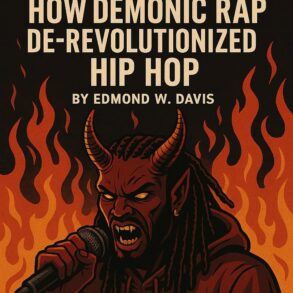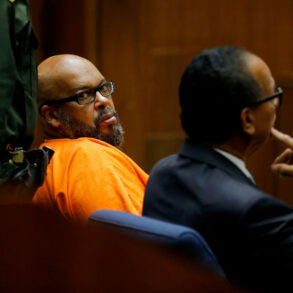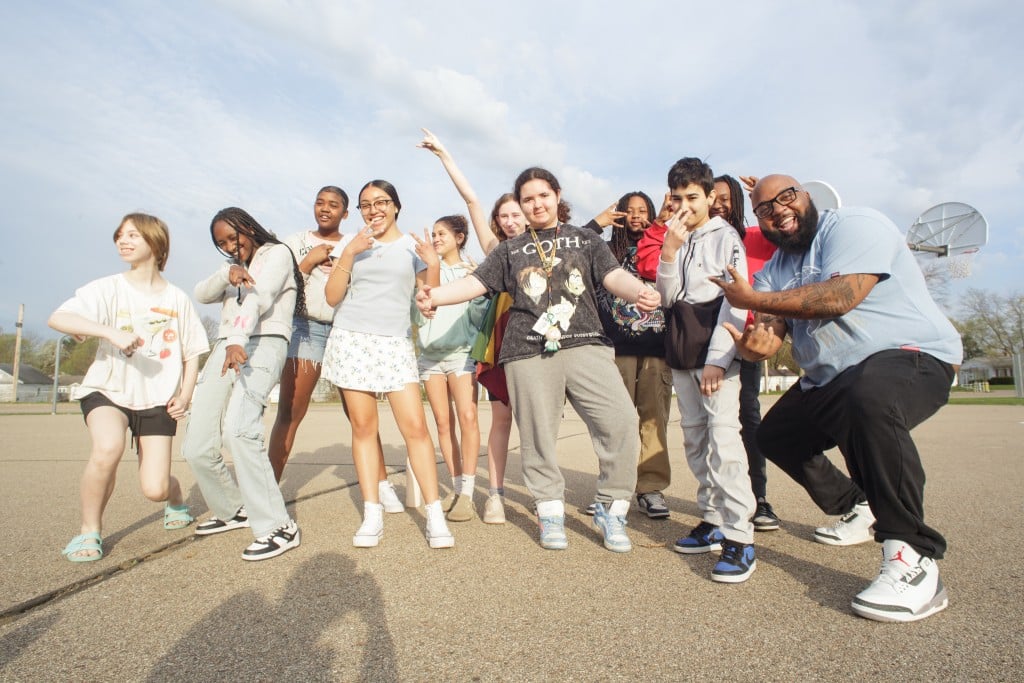
It’s 7:25 a.m. at Milwood Middle School. “Fight the Power” by Public Enemy plays as students in Trevon Hobson’s first class of the day grab their composition notebooks and start writing positive affirmations.
The Exploration of Self & Hip-Hop, an elective course offered to seventh and eighth graders at Milwood, is the only one of its kind currently in Kalamazoo County and has 12 students in the class. It aims to utilize a popular and influential genre of music to build both education – including critical thinking and writing – and life skills.
“This class is meant to help the kids find their voice; face their fears and overcome them,” said Hobson, a music studio and computer applications teacher. “That’s what hip-hop has done for me.”
Hobson, 44, is from Kalamazoo and has worked in the education field for 17 years. He began rapping when he was his students’ age. As a hip-hop artist in his own right, under the name SkitzoMichigan, he’s toured around the country.
“It’s gotten me in plenty of spaces and around people that I never thought I would have met.” Hobson has collaborated with artists like Jelly Roll and Tech N9ne and performed in front of 10,000 people at the annual Gathering of the Juggalos.
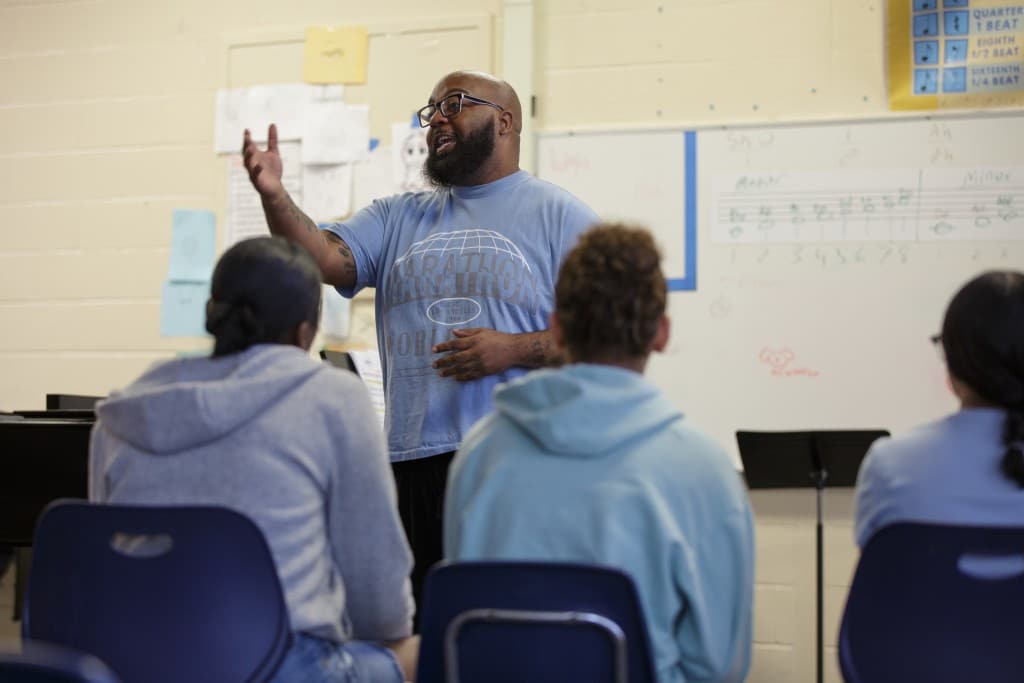
“So many times we get trapped by our own fears, but that’s how you find your power or strength, in your uncomfortable place,” said Hobson.
In this class, student Matti Richards Barnhill tackled “terrible social anxiety.”
“The thought of speaking in front of a whole class, especially like a poem or a song, would make me want to cry,” Richards Barnhill said.
Hobson said he too was nervous at first, unsure about running this class, but sought guidance from those who pioneered hip-hop as a pedagogy before him.
Dr. Kandace Lavender, executive director of Read and Write Kalamazoo (RAWK), is also an educator and hip-hop artist who has focused on the throughline of the two. RAWK, a nonprofit organization formed in 2012, builds “intellectual and creative confidence” in area youth, said Lavender, “to bring back the imagination and exploration that has been absent due to the ways reading and writing has been introduced to them as a mandate or expectation.”
Lavender, who recently curated a collaboration with the Kalamazoo Symphony Orchestra, at which Hobson also performed, said that hip-hop at its origin was meant to educate.
“You had folks at that time in the Bronx experiencing oppressive tactics, systemic racism, city officials trying to further marginalize them, so hip-hop was their positive response to a negative situation,” said Lavender.
“At its core it was intended to educate and inspire.”
Lavender said that since young people are naturally drawn to hip-hop it is important to integrate it in educational settings.
“Hip-hop is multicultural, multi-ethnic, multi-diverse. Your grandma knows hip-hop and the babies dance to it,” said Lavender. “Why not use something that has captivated the attention of generations and use it in a system of education where reports of student engagement are declining?”
While educational tools commonly use art and culture genres to reach students, hip-hop has only been occasionally used academically in Kalamazoo.
Over the past few years, local artist, poet, and community organizer Ed Genesis held variations of his Kalamazoo Valley Community College lecture “A Look at Social Justice Through a Hip Hop Lens” in public schools and at community associations.
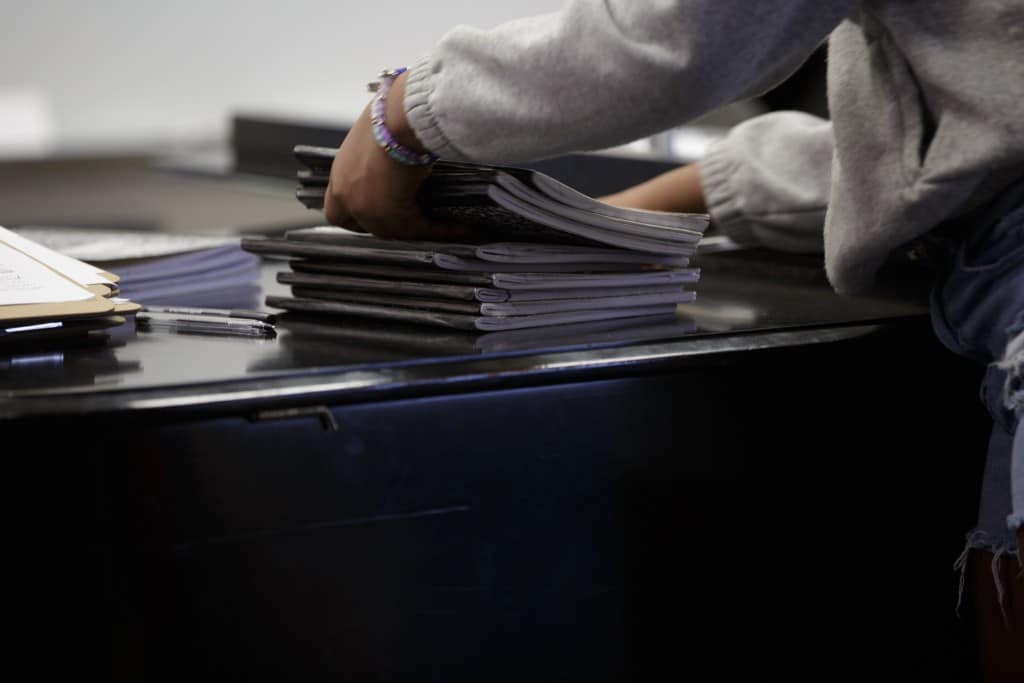
Lavender led a hip-hop class at Loy Norrix High School as a case study while completing her doctorate in educational leadership at Michigan State University.
“The work for me as an instructor and hip-hop researcher and educator is to introduce some of the elements of hip-hop (dance, emcee, DJing, etc.) and curating the stage as a space for students to use these elements as a tool for expressing their thoughts feelings, passions, and emotions about the social justice issues that are most meaningful to them.” Lavender said.
“The data showed that it made a positive impact on student voice, whether it’s advocating for themselves, or just speaking with a louder tone.”
That is certainly the case in Hobson’s classroom.
“This class helps raise my self esteem,” said Layla Reese, a student in the class. “It helps by giving me opportunities to perform in front of my class.”
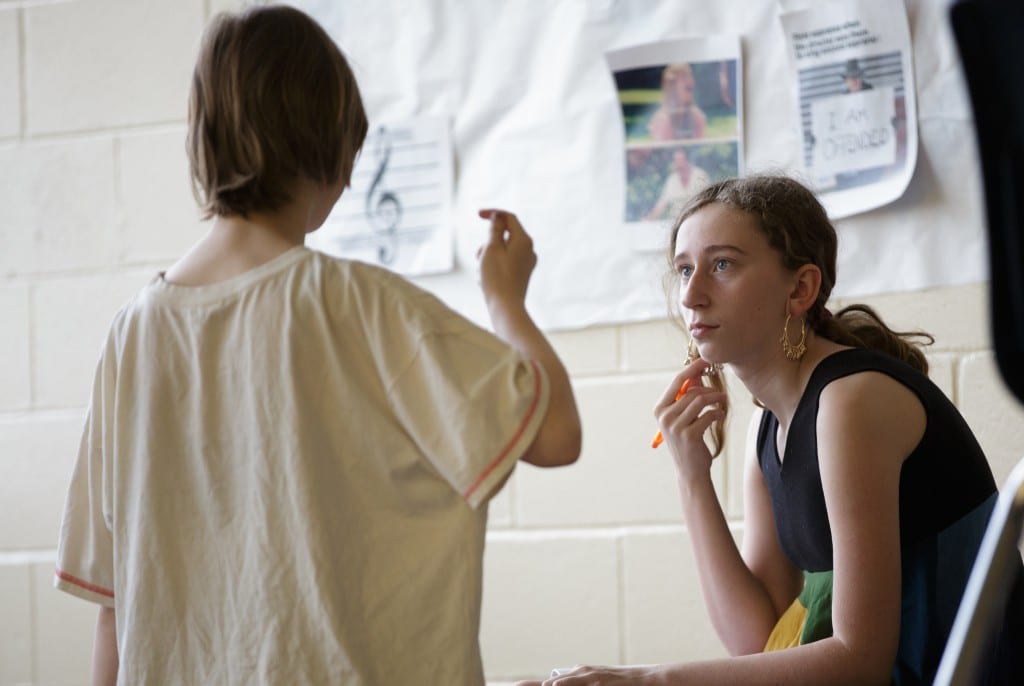
On a recent Friday morning, students each performed six lines they wrote to the instrumental of Kendrick Lamar’s “Not Like Us.” Here are a few of the lyrics students shared that day:
“When you’re in your feelings
it’s okay to be grieving
because you’re just a human being.”Aylin Avilez-Avilia
“The bar is, I’m the best, I feel like I’m first place in life.
I’m perfect, I just won ‘The Price is Right.’”Camille Lambert
“I’m just here to create and appreciate hard work.
Got to stay on the grind – step up. Have a piece of my mind.”Matti Richards Barnhill
“It is scary to perform in front of other people but Hobson always says this is a safe space. The positivity helps me through it,” Richards Barnhill said.
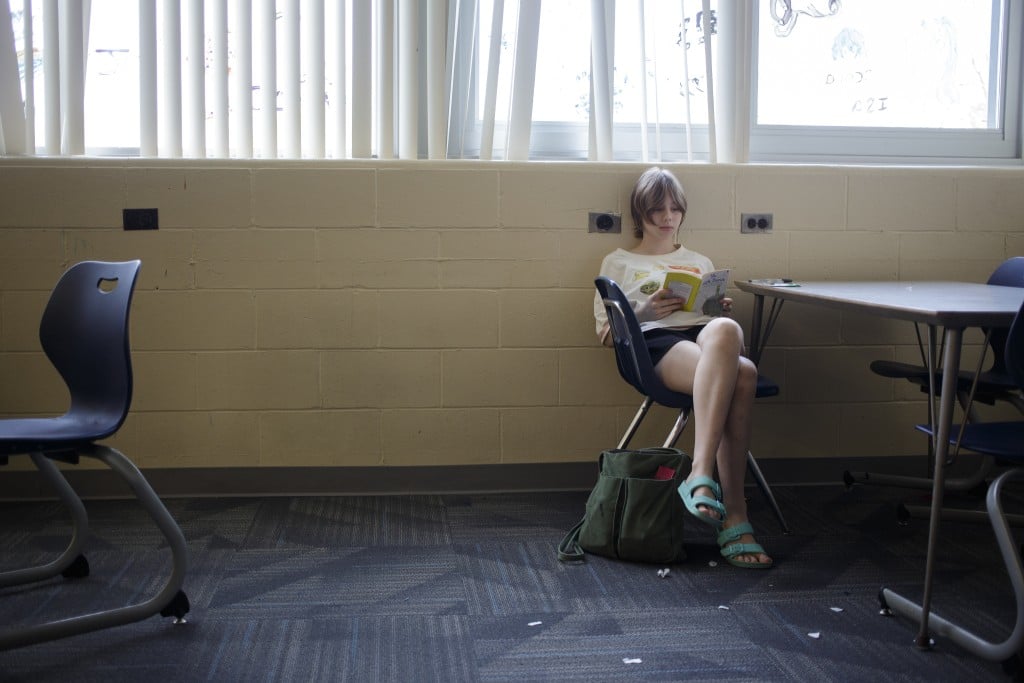
Hobson is excited to see a positive shift in his students.
“The growth is crazy,” said Hobson. “For some kids, English is their second language here. It is pretty dope to see them come out of their shells.”
“Before this class, I wouldn’t even talk to anyone, except my closest friends. When I got here, I got more comfortable speaking up,” said Kenny Agasayo, who is from Rwanda. “In this class when I didn’t have the word, they’d help me get there. When we are writing poems or singing our favorite songs, singing with other people really helps me.”
Now, she performs just like everyone else.
“When it was my first time performing in front of people, I had never done that. I was so nervous but they motivated me. I feel comfortable here – you just feel like you’re home,” said Agasayo.

“Nobody really judges you or what you do. In our main classes, when you present a project or something, you would hear a few chuckles, but here it’s not like that. Nobody will laugh. They just listen to your performance,” Jerami Carr said.
In Lavender’s case study at Loy Norrix, students not only displayed more confidence but the class climate was more accepting than general.
“Hip-Hop is about bringing your uniqueness to the space … letting young people know they can be themselves. (It) created a climate of diversity of safety and belonging.” Dr. Lavender said.
That sense of community and safety is present in Hobson’s class as well.
“I am so grateful that the things we’ve done in this class have gotten kids to really uplift their spirit,” said Hobson. “Now, we have a circle of friends and a community. We created our own little Wu-Tang Clan with the music class.”
Hobson invites openness and creates a safe place for his students to share their perspectives and come into their own, without disregarding the curriculum that is rooted in the history of the genre.
“The five elements of hip-hop: DJing, rapping, breakdancing, graffiti art, and culture,” he said. “This class is really going to get them guided in a direction, no matter what path they want to take in life. We are going to help them find the confidence to get in front of people.”
Hobson prioritizes performing in his curriculum because it helps students feel confident speaking in public – an important asset both inside and outside of the classroom.
“Some of these kids have never got in front of class but now they are able to get up in front of people and spit bars, spit poems, and be free,” he said. “I am watching kids lose their nerves. They now make eye contact and are confident in themselves. They are finding their voice, finding their strength, finding their power.”
Some kids in Hobson’s class enrolled as musicians-in-the-making, like Hobson when he was their age.
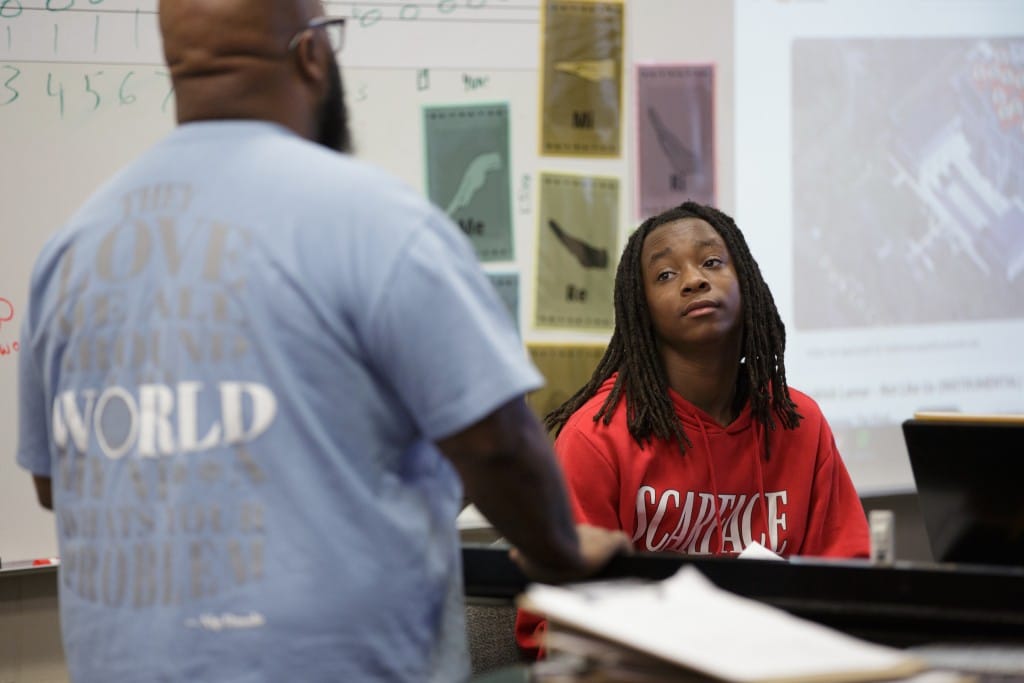
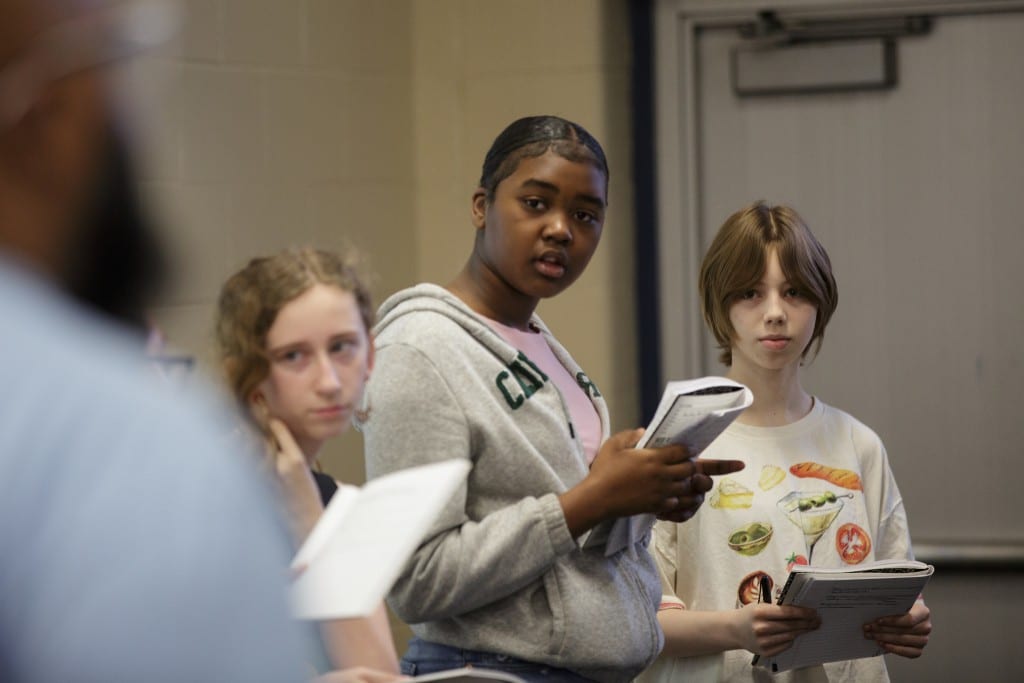
“I wrote songs when I was little. I got better at writing songs, so I joined this class because I like music and I listen to a lot of hip-hop music,” said Duane Stewart.
Hobson hopes Milwood will offer up to three hip-hop classes next year and that hip-hop appreciation will be offered to more schools in the greater Kalamazoo area.
This post was originally published on this site be sure to check out more of their content.




